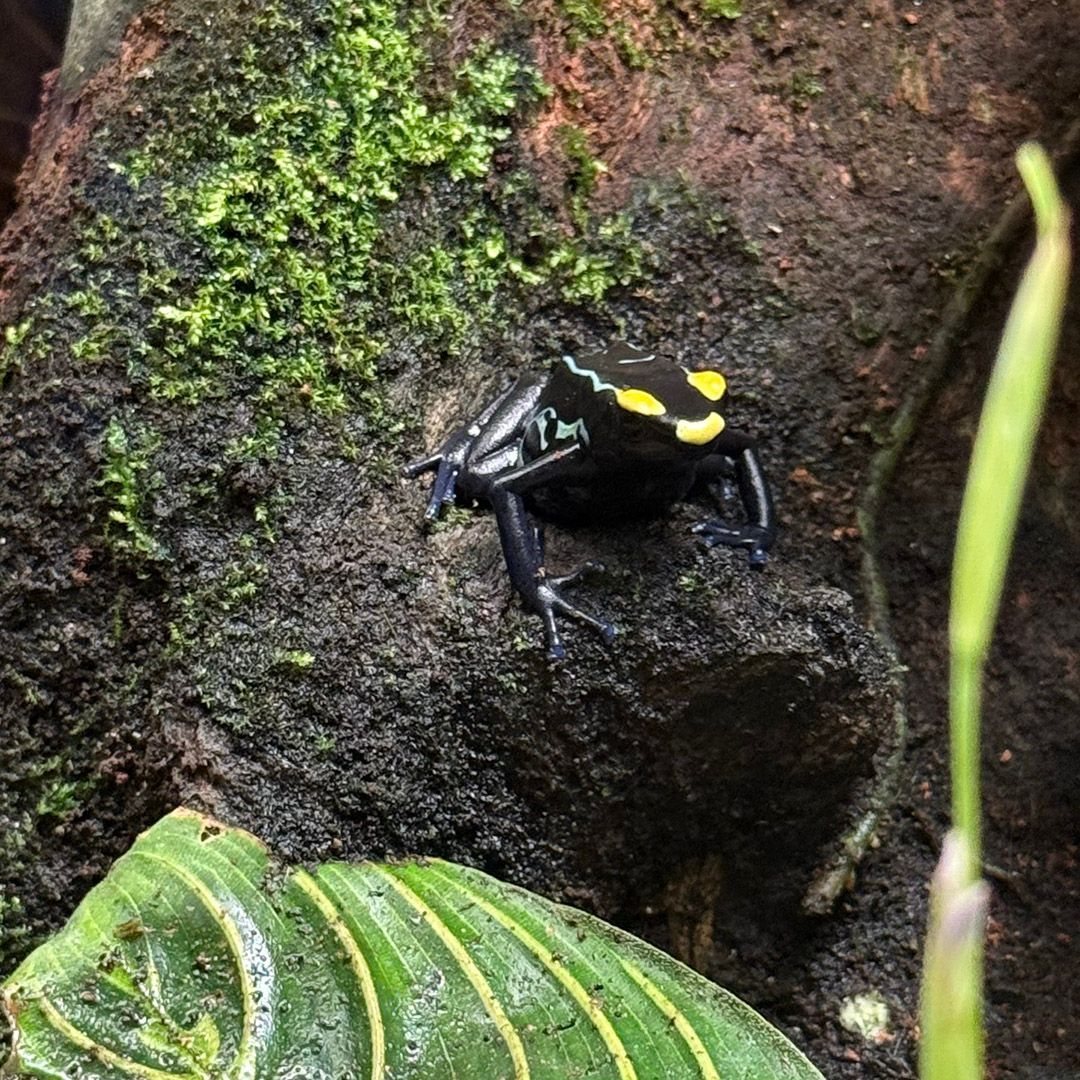- The biology and behavior of poison dart frogs
- The significance of their vibrant patterns and coloration
- The link between these patterns and human perception using emojis
- Conservation efforts and their importance for poison dart frogs
- The role of zoos in educating the public about these amphibians
Poison dart frogs (Dendrobatidae) are small but captivating amphibians found primarily in Central and South American rainforests. Known for their striking colors and complex patterns, these frogs are a topic of great interest in zoology and wildlife conservation. This article delves deeply into their biology, the meaning behind their vibrant appearances, the connection between their patterns and human culture represented through emojis, and the crucial conservation efforts aimed at preserving them. As biodiversity dwindles globally, protecting these amphibians is as vital as understanding what makes them unique.
Poison dart frogs exhibit diverse biological characteristics that make them fascinating subjects for study. Belonging to a family of about 170 species, these frogs offer an array of behaviors and adaptations worth examining. Their most notable feature is their skin, which secretes potent alkaloid toxins, making them incredibly toxic to predators. This defense mechanism not only protects the frogs but also plays a significant evolutionary role. The diet of these frogs primarily consists of small insects, including ants, termites, and mites, which helps sustain their toxin levels. Unlike other amphibians, these frogs lay their eggs on land. Parental care involves one or both parents transporting tadpoles to water pools held in bromeliads or other plant structures, securing their offspring’s survival in otherwise hostile environments.
Coloration in poison dart frogs is an example of aposematism, where bright colors signal danger or toxicity to potential predators. These colors range from vibrant oranges and yellows to intense blues and greens. Each species presents a different pattern, which can vary even among individuals of the same species. Such diversity in appearance is not just for aesthetic value; it is a critical survival strategy. Scientific studies have shown that predators learn to associate patterns and colors with unpalatability, thus avoiding these frogs. Furthermore, color signaling has evolved through sexual selection, where females might prefer mates exhibiting certain color intensities, indicating better health or genetic quality.
In the digital age, emojis have become cultural artefacts that bridge communication gaps globally. Choosing an emoji to align with a specific poison dart frog pattern is both an intriguing and educational exercise. While emojis lack the complexity and depth of real-life organisms, they offer a simplified visual language that can engage wider audiences. Identifying an emoji that matches a frog’s unique pattern can aid in raising awareness and appreciation of these amphibians. It facilitates educational conversations about their relevance to broader environmental and biological discussions, and can help demystify the importance of frog conservation to younger audiences who might be more familiar with digital communication.
Conservation efforts are paramount for the survival of poison dart frogs. These amphibians face numerous threats, including habitat destruction, climate change, and the pet trade. Rainforests, their primary habitats, are being rapidly depleted, leading to population declines. Collaborative international conservation initiatives aim to mitigate these impacts by protecting habitats, establishing breeding programs, and restricting illegal trade. Conservationists and scientists emphasize the significance of maintaining these species in their natural environments due to their roles in ecological balance and potential biomedical applications in pharmacology.
Zoos play an instrumental role in conservation and education regarding poison dart frogs. Within these controlled environments, zoos conduct breeding programs to support populations of endangered species and research the frogs’ biology and needs. Educational programs provided by zoos can enhance public understanding of these creatures and their environments. By creating informative exhibits, zoos can inspire visitors and provide firsthand experiences, fostering a connection to wildlife and a better understanding of conservation challenges faced by creatures like poison dart frogs. They also help debunk myths surrounding these amphibians, emphasizing their ecological importance rather than their toxicity alone.
Through the subjects of biology, color patterns, digital culture, conservation, and educational outreach, we gain a comprehensive understanding of poison dart frogs—creatures of remarkable resilience and beauty. By exploring these dimensions, this article not only highlights the frogs’ ecological and biological roles but also underscores the importance of ensuring their survival amidst current environmental challenges. With a deeper appreciation and understanding, efforts to conserve these exceptional amphibians can be more effectively realized, preserving them for generations to come.
*****
Source Description
What emoji do you think best matches this poison dart frog’s unique pattern?

